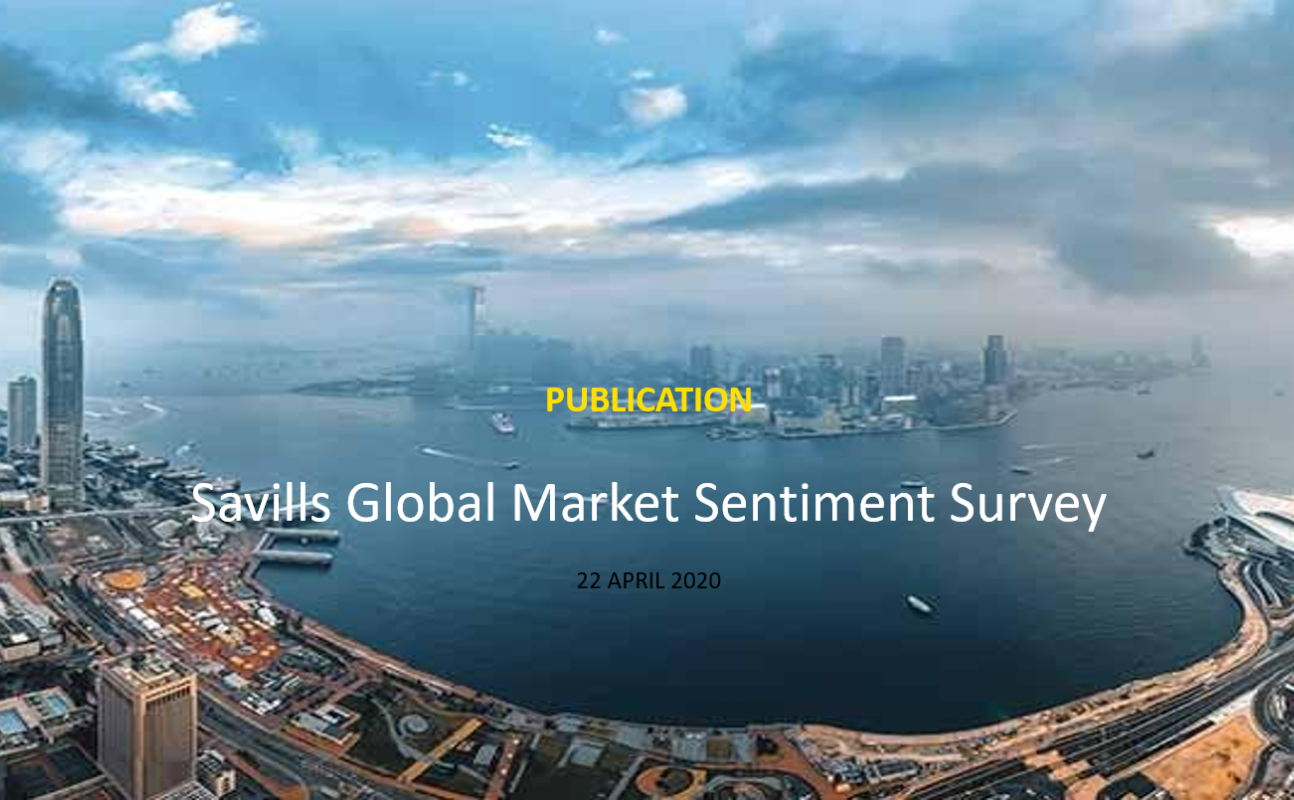
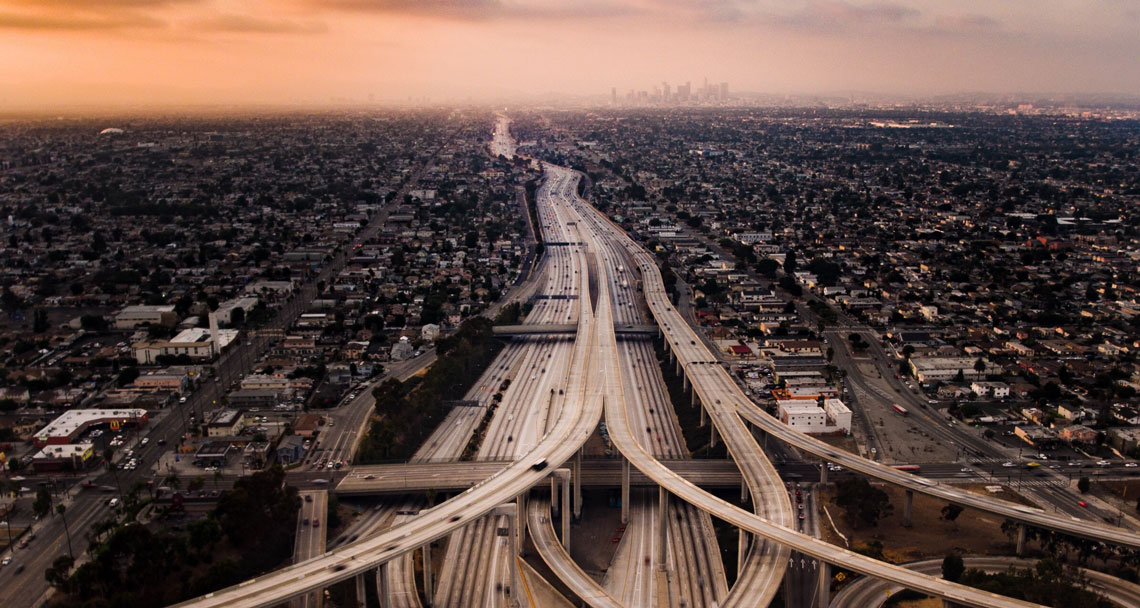

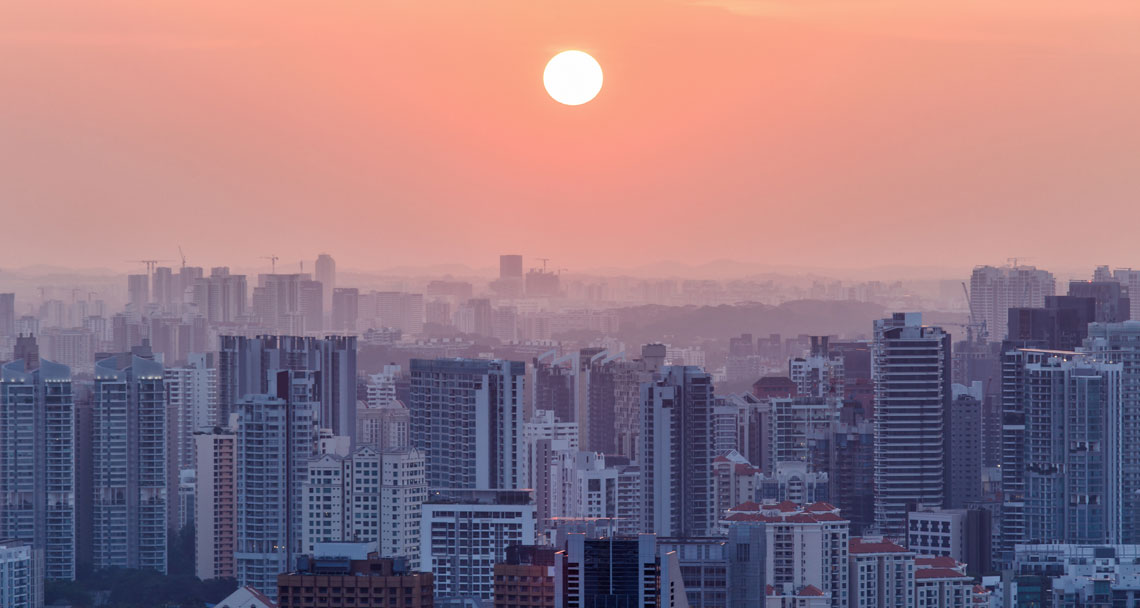
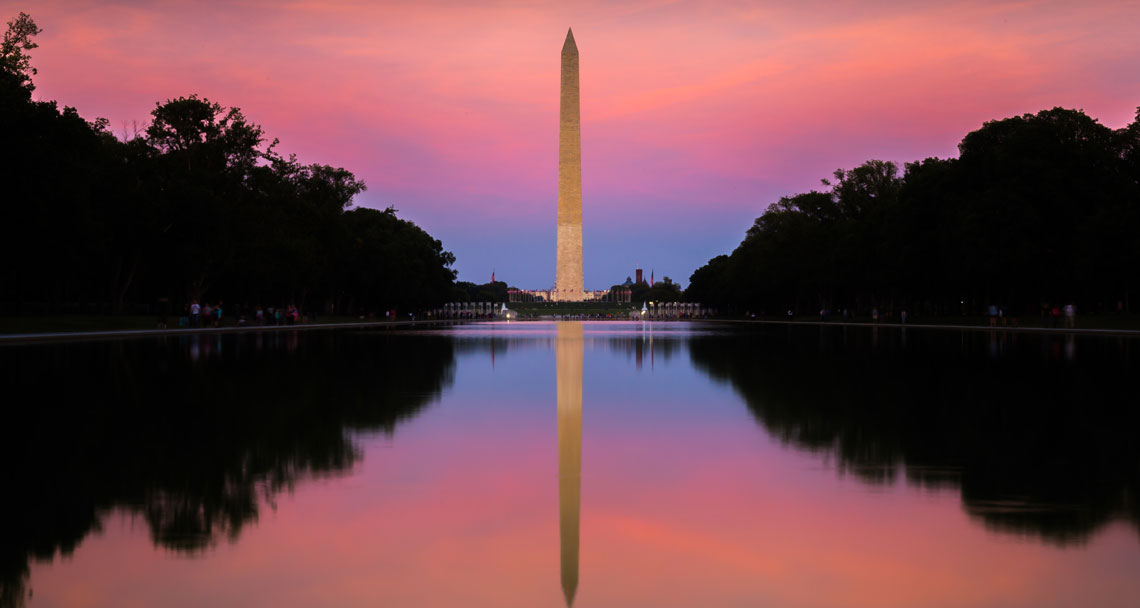
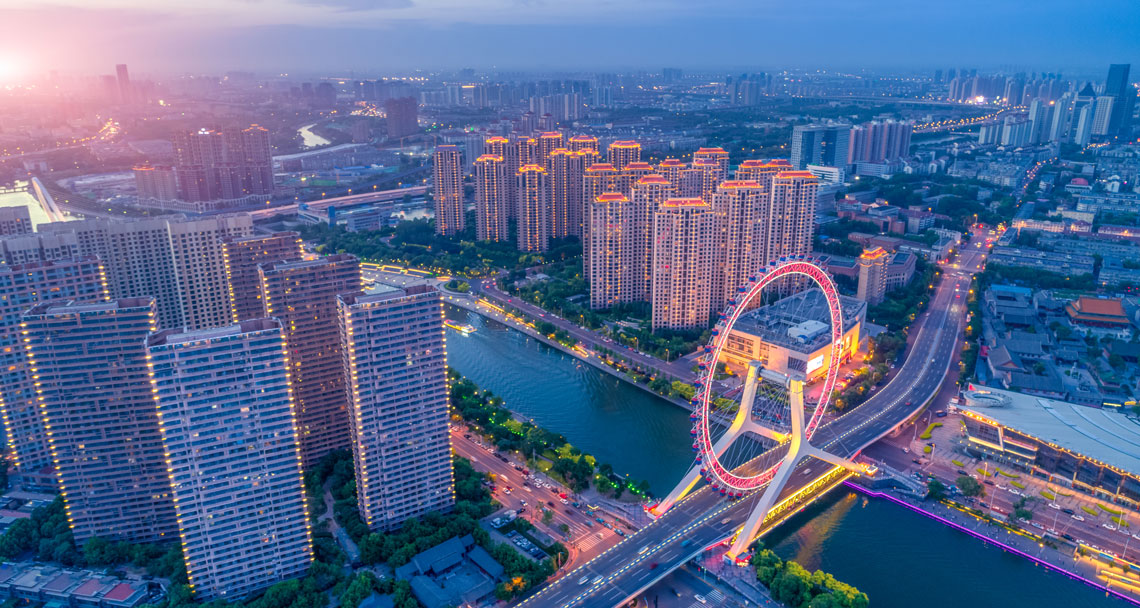


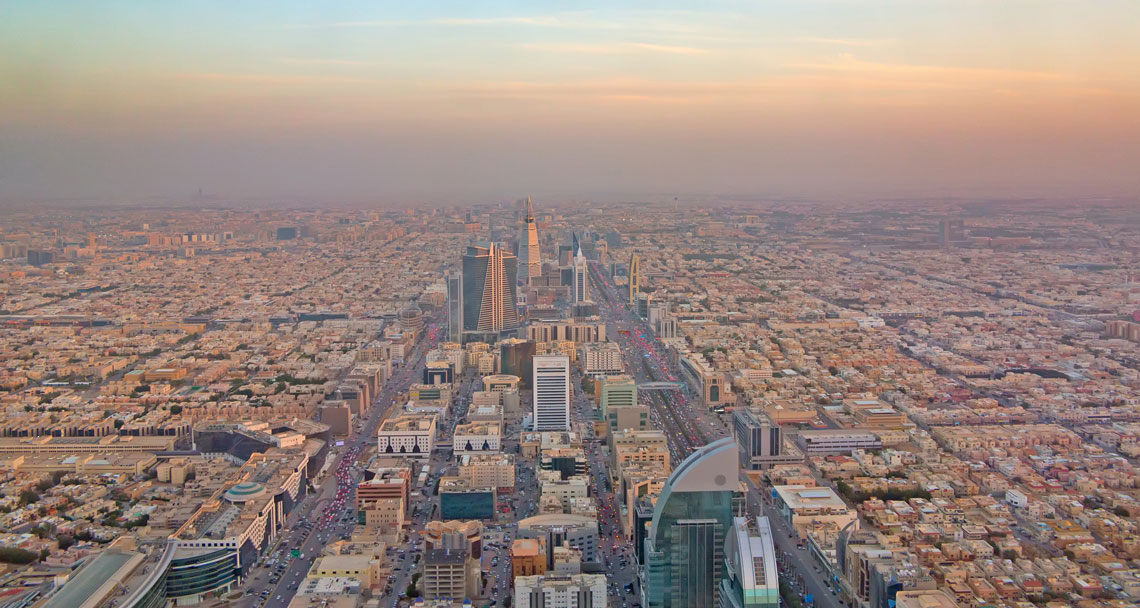
Savills top resilient global cities
Impending changes in the global urban landscape: towards a new era of cities
The world order of top global cities may feel as though it is set in stone.
Global urban landscape change
With disruption on the menu through technology, demographics and leadership, all that is set to change in the next decade.
For traditional leaders such as London, New York and Tokyo, the battle will be about resilience. How can they continue to harness favourable qualities such as strong economies and demographics to maintain their position?
Emergence of new actors and rise of Asian cities
Emerging locations in China and the Middle East are snapping at their heels, challenging the status quo with rising personal wealth and fast-growing economies. They are joining an increasingly crowded field. In the past decade, the number of cities with gross domestic product (GDP) of more than $50 billion has grown from 177 to 248, underscoring the vital role that cities will continue to play in these disruptive times. By 2028, this number is expected to jump to 317.
Those cities with GDP over $50 billion accounted for 83% of global GDP in 2018, an increase from 79% a decade ago. This is forecast to increase to 89% over the next 10 years as the importance of cities continues to accelerate.
Their geographical distribution has shifted significantly over the past decade, too, and is expected to change again. In 2018, Asia-Pacific had the largest share of cities with GDP over $50 billion, overtaking the Americas. By 2028, more than half of these influential cities are expected to be in this region.
Collaboration among megacities: challenging the status quo
A second threat to the traditional order is cities working together. The creation of mega-regions has seen cross-border collaboration in the US and Mexico and across Europe. China can do this all on its own by linking populous metropolises.
Urban Trends Analysis
Savills Research has undertaken an in-depth analysis of these emerging themes among cities, examining them for resilience, those challenging today’s order and growing mega-regions.
In a world of change, the search for sustainable cities in which businesses can thrive is increasingly important. The Savills Resilient Cities Index identifies those that will be able to withstand or embrace the many disruptive forces facing global real estate today and in 10 years’ time. These are cities that attract talent and encourage the innovation that drives city and personal wealth – factors that feature high in the decisions of real estate investors.
The top 20 ranking for 2028 includes familiar names alongside some of the US’s economic powerhouses. The leading four are forecast to be New York, Tokyo, London and Los Angeles, unchanged for the past two decades. These continue to have an inbuilt advantage from their position as world-class cities and are expected to remain resilient over the next decade.
The greatest change during the next 10 years will be the rise of Asian cities. From 2008 to 2028, there are seven new cities from Asia breaking into the top 20. Of these, six are Chinese cities, with Jakarta, Indonesia, taking the final place. These Emerging Resilient Cities have risen dramatically in economic and wealth terms in the past decade, and are expected to cement their position on the back of increasing middle-class wealth.
Challenger Cities
The Resilient Cities research identifies a number of Challenger Cities: ones forecast to be within the top 50 by 2028. They are expected to jump by at least 10 places in the rankings over the decade. The distribution of these cities contrasts with those in the top 20, with no contenders from the US or Europe.
Instead, China, India and the Middle East make up the eight.
India
The Indian Challenger Cities have very different dynamics driving growth, says Anurag Mathur, CEO of Savills India. "Delhi is the seat of government, so attracts industry that needs to be closer to policy-making," he says. "Mumbai is the financial capital, while Bengaluru has traditionally been about science and engineering."
Delhi and Bengaluru have growing tech industries attracting younger talent. "Tech growth in Bengaluru was initially about cost arbitrage, but it has moved up the value chain and is now a core tech research and development (R&D) centre," says Mathur. General Electric and Shell have located their R&D centres here.
For India’s young, mobile population – 65% are under 30 – Delhi and Bengaluru are favoured destinations. Mumbai, by contrast, has a higher cost of living which does not support a start-up culture.
Middle East
The presence of Riyadh and Jeddah in the Challenger Cities rankings come as Saudi Arabia focuses on transforming its retail sector with the rise of e-commerce. With a population of 33 million willing consumers spread across a large area, e-commerce has provided retailers with a solution to get more goods to customers.
Real estate investors have been capitalising on the changes by investing in logistics and warehousing focused on e-commerce tenants.
"The change in consumer behaviour has had an effect for physical retail," says Richard Paul, Head of Professional Services and Consultancy, Savills Middle East. "The most successful shopping centres are now anchored by food and beverage and entertainment, to attract customers who generally purchase electronics, durable goods and clothing online."
China
The rise of Chinese cities stands out as they make up the majority of the Emerging Resilient Cities (those that have risen dramatically in economic and wealth terms in the past decade and are expected to continue to do so to enter the global top 20) as well as many on the Challenger Cities list (those that are expected to enter the top 50 in the next decade).
For Emerging Resilient Cities such as Shenzhen and Guangzhou, this is reflected in their GDP, which is now ahead of Hong Kong’s.
Shenzhen has been a Resilient City in the making for several decades. It has also moved with the times, and attracts tech-related companies, such as gaming firm Tencent and mobile giant Huawei.
For Challenger Cities, tech is driving many of the trends. Hangzhou, for example, is attracting tech companies and people that want to cluster near the Chinese e-commerce conglomerate Alibaba. Shenzhen and Guangzhou will continue to see their influence increase as part of the Greater Bay mega-region.
Given China’s size, there are a number of cities not mentioned that are growing in global importance and attracting real estate investors. By 2028, forecasts suggest that 43 of the top 100 resilient cities will be in China. These include cities such as Wuhan (the most populous city in central China with fast-improving infrastructure) which aims to be the economic engine of China’s central region.
Source: Savills Research using Oxford Economics and national sources Note: Metro area populations cited
